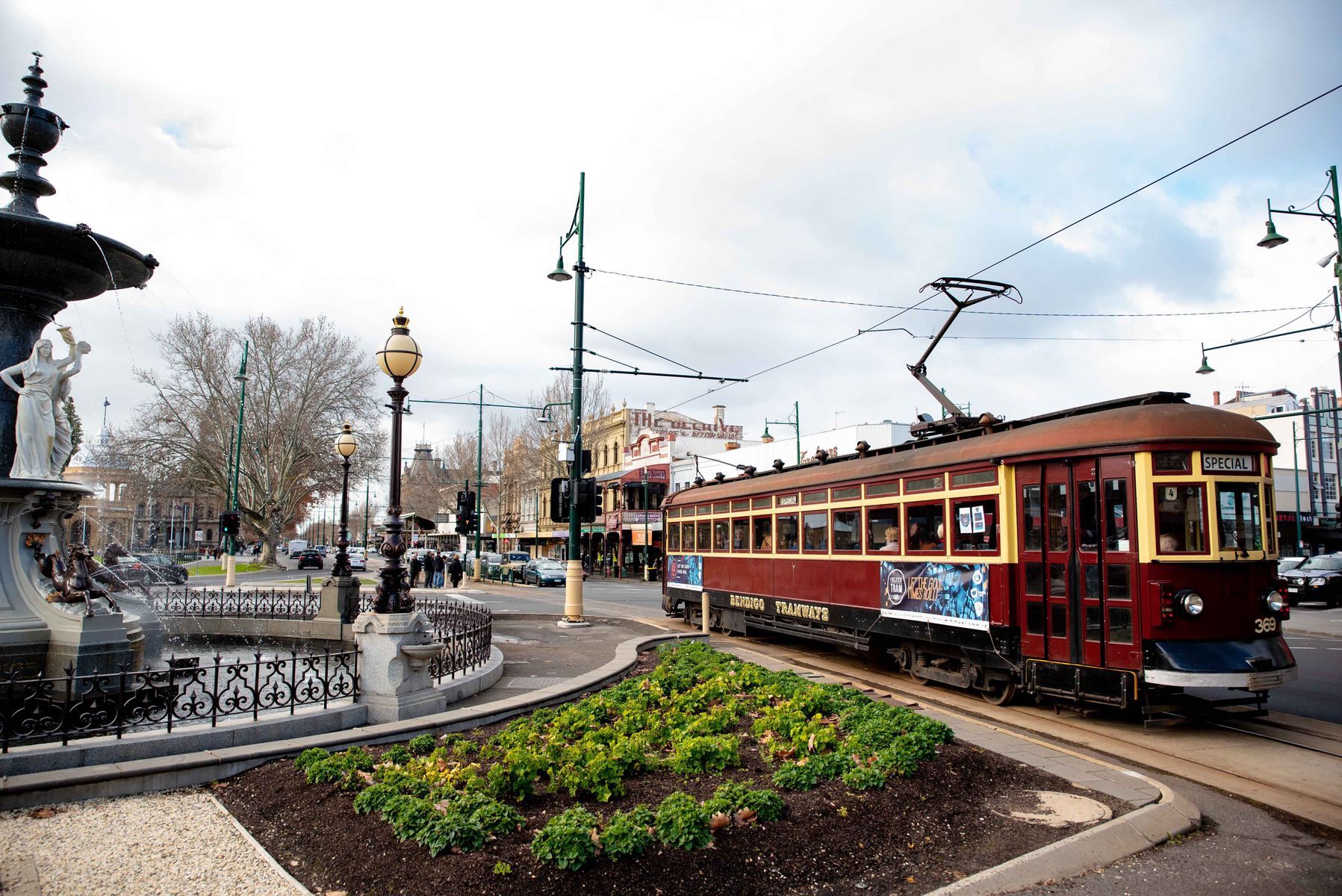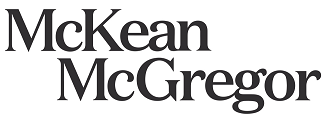
With Europeans settling in the area in 1840, Bendigo wasn’t an ‘official’ city until 1871, despite its earlier gold rush boom.
VIEW HOUSES FOR SALE IN INNER BENDIGO
VIEW HOUSES TO RENT IN INNER BENDIGO
Located in the heart of Dja Dja Wurrung Country, home of the Djaara people, the region has always offered lush native bushland, rolling granite hills and rich soil, making it an appealing locale for Europeans migrating north from Melbourne throughout the 1830s. An initial sheep run was positioned near what is now Ravenswood and the discovery of gold (in the Bendigo Creek in Golden Square) in 1951 led to a huge influx of treasure hunters from around the globe – namely the UK, Ireland, Germany, America and China.
A shepherd on Ravenswood Run had a bareknuckle boxing style similar to the then-English champion boxer, William Abednego Thompson, and inherited the same moniker. Thompson, stout, fearless and spry, was nicknamed Bendigo – in part for his middle name, but also for his ‘bendy’ flexible moves. The Ravenswood shepherd often held his own entertaining fights on the watercourse at the edge of the property, soon resulting in it being known as ‘Bendigo Creek’. When gold was found downstream, and the town grew, it was then called Bendigo by default.
Briefly then named Castleton, the city was soon called Sandhurst, much to the chagrin of the locals. In 1891, the residents voted and the name Bendigo returned. In 1862, a train line from Melbourne, through Bendigo and on to Echuca, further put the town on the map and, along with an abundance of hotels, there were many rapidly growing industries established to keep up with the demand. The riches found in the soil funded the stunning architecture found throughout the city – buildings like the Shamrock Hotel and the old Post Office directly opposite were built in the 1890s. Successful miner, George Lansell – the country’s richest man at the time – was responsible for a number of ornate residential properties for both himself and his extended family, including the beautiful Fortuna, which still stands today.
The German miners in particular made their mark. Several became successful farmers and vignerons. One – a certain William Vahland from near Hanover – had limited luck in mining for three years before going into an architectural partnership with Jacob Getzchmann. Together they attempted to create a ‘Vienna of the south’ and designed a number of well-known buildings including the Town Hall, Mechanics Institute (TAFE), Bendigo Masonic Temple (Capital Theatre), the Alexandra Fountain, and many, many more.
When the mining industry started to deteriorate towards the mid-1900s, the city relied on manufacturing during World War 2 years and then retail, finance and tourism as the late 1990s approached. Sport (particularly AFL and cycling) is enjoyed by all age groups and levels throughout the city, and with a rich Chinese heritage; along with a thriving arts community, the cultural aspects continue to be enjoyed by both locals and visitors. As one of the largest inland cities in Australia, Bendigo continues to grow and is known globally for its tourist attractions; wine; agricultural produce (including wheat, wool, livestock, fruit and poultry); impressive architecture; and attractive tree-lined streets.
Bendigo at a glance
Information based on 2021 Census results
Population: 167,764
Male: 48.8%
Female: 51.2%
Median age: 43
Families: 44,770
Private dwellings: 75,370
Average people per household: 2.4
Median monthly mortgage repayments: $1,452
Median weekly rent: $300

